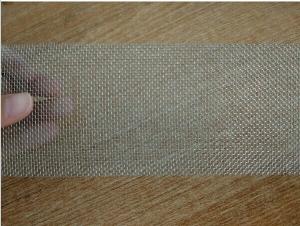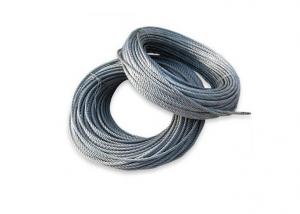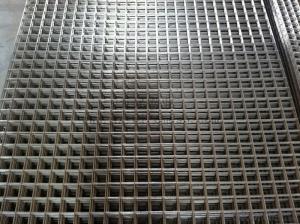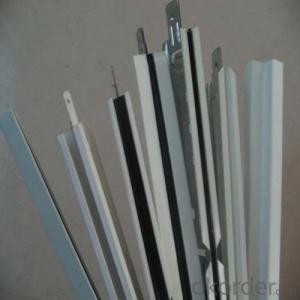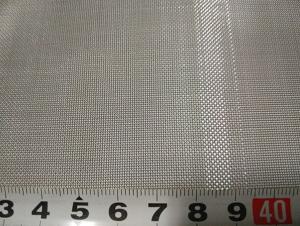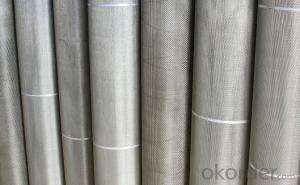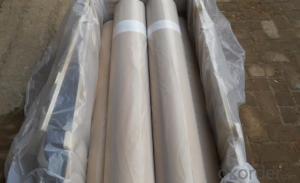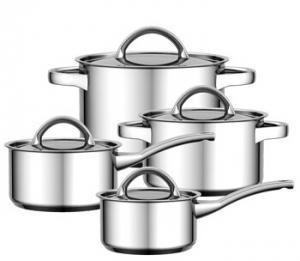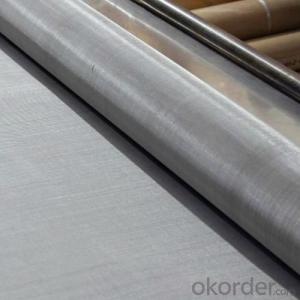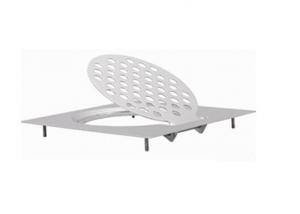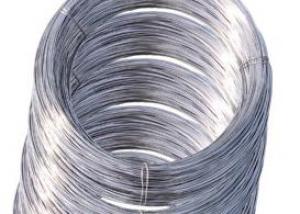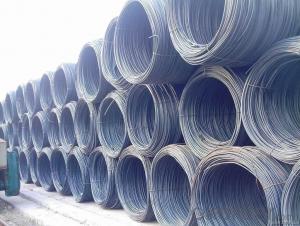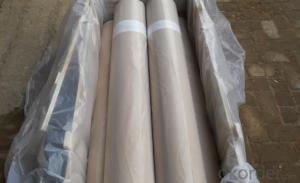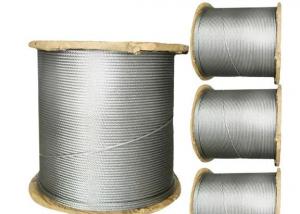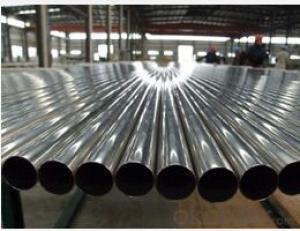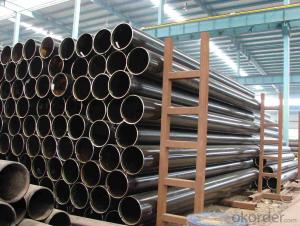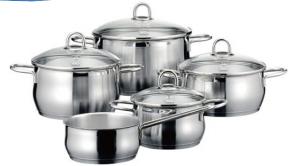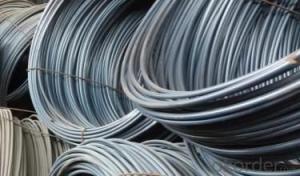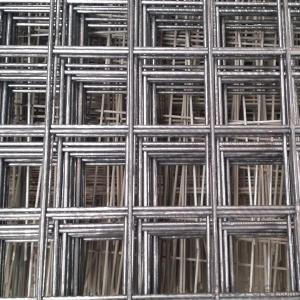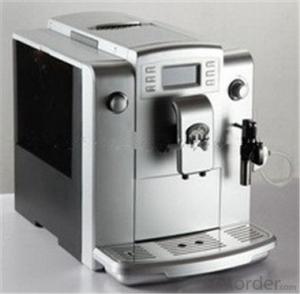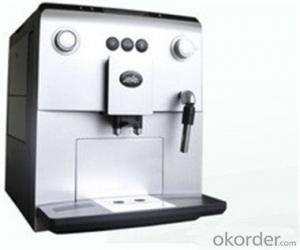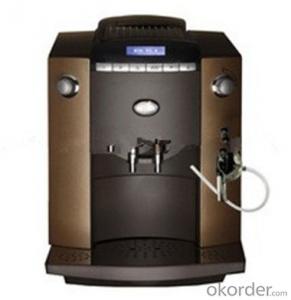Stainless Steel Wire Grid
Stainless Steel Wire Grid Related Searches
Stainless Steel Wires Stainless Steel Tie Wire Stainless Steel Wire Rack Stainless Steel Wire Shelving Stainless Steel Wire Shelves Stainless Steel Wire Fence Stainless Steel Grating Stainless Steel Mig Wire Stainless Steel Wire Wheel Stainless Steel Grates Stainless Steel Glue Stainless Steel Threaded Pipe Stainless Steel Rope Chain Stainless Steel Weld Stainless Steel Wall Stainless Steel Grater Stainless Steel Drill Stainless Steel Curb Chain Stainless Steel Jewellery Wire Stainless Steel Wire Basket Stainless Steel Piping Stainless Steel Gauge Stainless Steel Drilling Stainless Steel Strips Stainless Steel Drain Stainless Steel Siding Stainless Steel Bin Stainless Steel Strap Stainless Steel Strut Wire Mesh Stainless SteelStainless Steel Wire Grid Supplier & Manufacturer from China
Stainless Steel Wire Grid is a type of metal grid made from stainless steel wire, known for its durability, corrosion resistance, and strength. These grids are commonly used in various industries and applications, such as construction, agriculture, and food processing, due to their ability to withstand harsh conditions and maintain structural integrity. The versatility of stainless steel wire grid makes it a popular choice for a wide range of uses, including as a support structure, a protective barrier, or a decorative element.In many scenarios, the stainless steel wire grid is employed to provide support and stability in construction projects, or to create partitions and barriers in industrial settings. Its resistance to corrosion makes it ideal for use in environments where moisture and chemicals are present, such as in food processing facilities or outdoor applications. The grid's open design also allows for airflow, visibility, and light transmission, which can be beneficial in certain applications.
Okorder.com is a reputable wholesale supplier of stainless steel wire grid products, offering a large inventory to cater to the needs of various industries. With a commitment to quality and customer satisfaction, Okorder.com ensures that the stainless steel wire grid products they provide meet the highest standards and are available at competitive prices. This makes them a reliable source for businesses and individuals seeking to purchase stainless steel wire grid for their specific applications.
Hot Products


